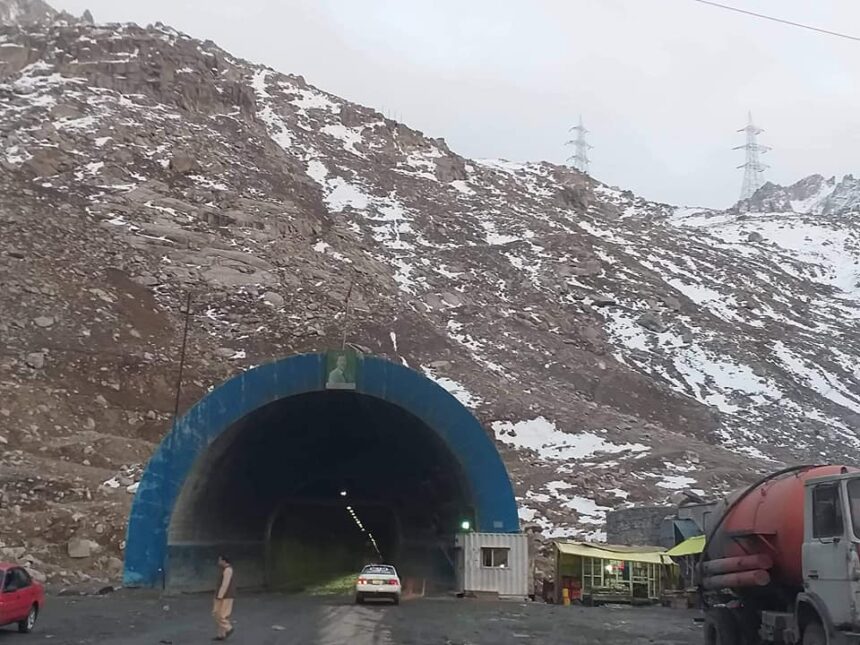RASC News Agency: Two years ago, the Taliban regime closed off the northern and northeastern routes of the country, ostensibly to repair and reconstruct the Salang Highway. After months of closure, the Salang Pass was eventually reopened amid widespread and misleading propaganda orchestrated by the Taliban regime, their aligned media outlets, and ethnic lobbyists. However, it has become evident that the highway has deteriorated once again. The Taliban now appear poised to initiate another round of media-driven, deceptive campaigns under the guise of “rebuilding” the Salang Tunnel. Consequently, the group has designated the Doshi-Bamiyan and Khawak routes as alternative pathways for the country’s citizens. The Taliban’s police command in Baghlan province has announced that freight vehicles may use these routes until the Salang Highway is reopened. This follows the Taliban’s decision to close the highway to freight and heavy vehicles at the beginning of September.
The Taliban have cited the repair and reconstruction of the highway as the rationale behind this action. Previously, the Ministry of Public Works under the Taliban administration stated in a notice that they had created a temporary and alternative route for high-speed vehicles on the Salang Highway, allowing drivers and passengers to use the road 24 hours a day.
It is worth noting that the Salang Highway connects nine northern and northeastern provinces to Kabul and other regions. This marks the second time in two years that the Taliban have closed the highway for reconstruction, now specifically barring freight vehicles. Last year, the Taliban claimed to have repaired the highway, launching an extensive propaganda campaign to this effect. To the extent that some of the group’s ethnic lobbyists presented images of tunnels from other countries as those of the Salang Tunnel to deceive the Afghanistani public and aligned media outlets. However, one year later, the results of this so-called reconstruction have proven ineffective, with the Salang Highway now requiring further repairs due to the poor quality of the previous work.






